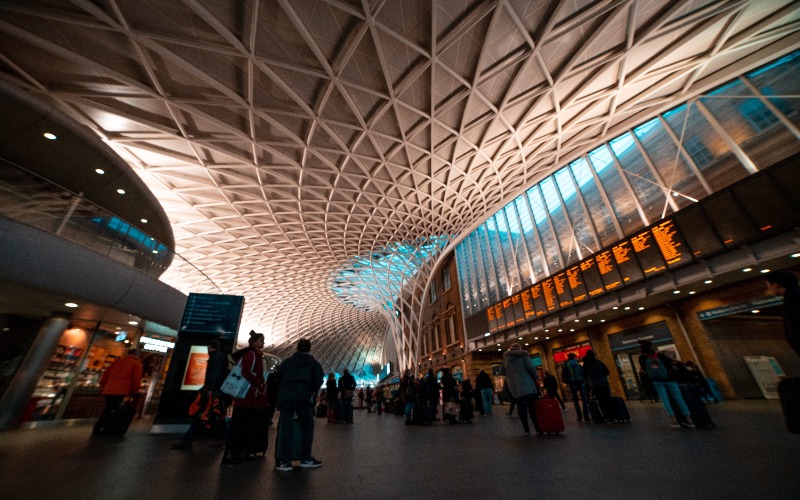Airlines and airports are constantly looking for ways to improve passenger experience, and one frequently overlooked factor is the importance of tech and architecture. The structure, architecture, and operation of these spaces—from airports to train stations—have a big impact on how passengers feel overall. Here is how architecture contributes to the passenger experience:
Creating a Lasting Experience
The first impression that travelers have is largely influenced by architecture. Airports and transport hubs are recurring initial points of contact for visitors to a new city or nation. The architecture of these buildings, from the exterior to the interior, may make a strong impression on visitors. Setting the mood for a pleasurable voyage, a well-designed, visually beautiful terminal can arouse excitement and positivity. When it comes to modern architecture, Newark Airport is one of the top modern structures that attract travelers with its aesthetic appeal and functional layout.
Improved Amenities and Comfort
Think about the layout of transportation hub lounges, waiting areas, and retail locations. Long layovers or delays can be more bearable by providing comfortable seating, appealing interior design, and access to crucial amenities such as charging stations and free Wi-Fi facilities. Some airlines offer on-board libraries for those who enjoy traditional reading. Additionally, complimentary internet access is provided for passengers who prefer downloading e-books on their tablets or mobile phones using platforms like Barnes & Noble.
Passenger Flow and Efficiency Optimization
Furthermore, architecture impacts the efficiency and ease of mobility inside these spaces. Well-planned layouts, simple and easy-to-understand signage, and wide spacing all contribute to a more efficient flow of passengers. An airport or train station that is easy to navigate has short wait times, which optimizes passenger mobility, improves the whole experience, decreases stress, and makes travel more enjoyable.
Incorporating Technological Improvements
Modern architecture effortlessly incorporates technology to improve the passenger experience. Digital check-in kiosks, multimedia screens, and efficient luggage handling technologies speed up processes and cut wait times. Technology-driven solutions improve convenience and create a futuristic, innovative environment for guests.
Architectural Design for Environmental Sustainability
Sustainable architecture has emerged as an essential component in the design of transport hubs. Energy-efficient designs, the use of environmentally friendly materials, and the adoption of renewable energy sources not only decrease environmental effects but also align with the growing need for environmentally-conscious travel options. The majority of passengers prefer and identify with designs that prioritize sustainability and environmental responsibility.











